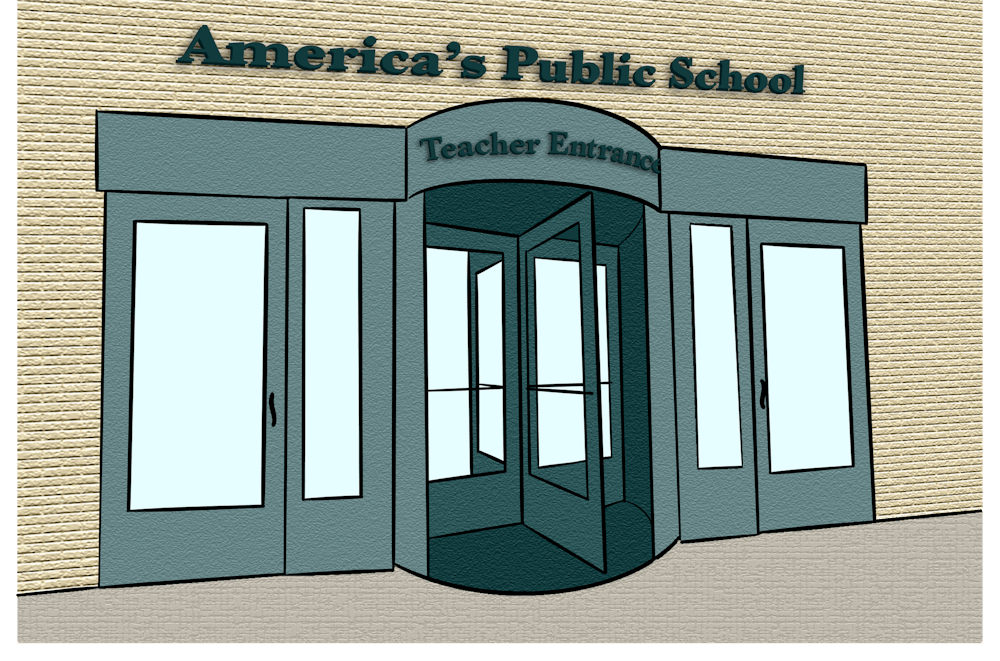North Carolina's State of the Teaching Profession report, released earlier this month, shows statewide teacher attrition was 11.5 percent during the 2022-23 school year, an increase from 7.8 percent the year before. Beginning teachers — who are in their first three years of teaching — have an attrition rate of 15.1 percent.
Thomas Tomberlin, the senior director of educator preparation, performance and licensure for the N.C. Department of Public Instruction, said the number of teachers leaving the profession for personal reasons, including family responsibilities or career changes, increased.
Between 2017 and 2023, there was a 23 percent statewide increase in teachers entering the profession through alternative licensure routes.
Ruben Reyes, the associate superintendent for human resources for Cumberland County Schools, said there are fewer teachers coming into the profession from traditional education programs. According to the report, the district has one of the highest attrition rates in the state.
“When you have these individuals that are beginning teachers, they're not only trying to learn the pedagogy of teaching, they're also going back to school at the same time,” he said. “So when you hear teacher stress and teacher burnout, those are things that contribute to that.”
Courtney Currin is the executive director of human resources and the public information officer for Granville County Schools, which also has one of the highest attrition rates in the state.
Currin said licensing and professional development requirements can be a burden on beginning teachers. She said those requirements should be reevaluated with the understanding that more teachers are entering the profession from nontraditional routes.
As a smaller district, Currin said, GCS does not have enough instructional coaches to support beginning teachers. Many of the schools with high attrition rates are in rural counties, Tamika Walker Kelly, the president of the North Carolina Association of Educators, said.
“In our rural counties, especially in places where they have seen a decline in economic development, they are also struggling to recruit and retain high-quality educators,” she said. “They are not able to offer the same sort of incentives, like a higher teacher supplement, than some other counties in the state."



